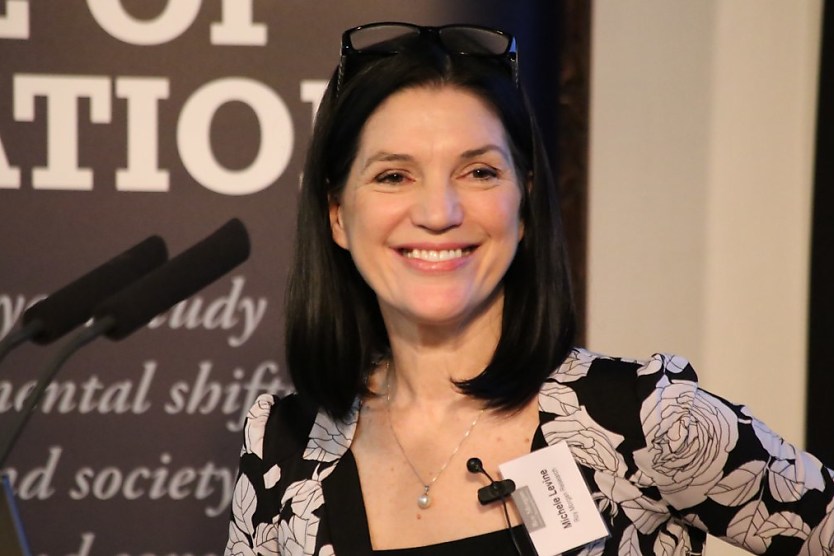Unemployment on the rise: There aren’t enough jobs
SHARE THIS ARTICLE

The latest workforce data has revealed that unemployment is on the rise and employment is falling. Some are saying that there are simply not enough jobs to sustain growth.
A recent report from Roy Morgan highlighted the state of the workforce in Australia, with results showing that unemployment was up 1.9 per cent in August, reaching 11 per cent. This is around 1.7 million people aged 14 and over who are looking for work.
Meanwhile, employment fell in the month, too, falling by 132,000 to a total of 13,648,000. Driving these results was a decrease in full-time employment, down 274,000 to 8,796,000.
According to Roy Morgan chief executive Michele Levine, a boom in population is causing this, as there are simply not enough jobs to sustain the growth.
“We have highlighted for months now that there’s been a rapid increase in the Australian population over the last year, a record increase of 706,000, and this has flowed through into a rapidly expanding labour market. The Australian workforce increased by 484,000 compared to August last year,” she explained.
“However, although there have been many new jobs created compared to a year ago, the rapid workforce growth has outpaced the economy’s job creation as we deal with high inflation and rising interest rates. Overall employment is up by 161,000 compared to a year ago while unemployment has increased by 323,000.”
Rising inflation and a surge in immigration are only compounding these results as the population rises further and businesses are wary of spending during these uncertain times.
“In addition to the surge in immigration, the key factor influencing the Australian economy at the moment is inflation and the increases in interest rates designed to reduce it. The RBA has increased interest rates on 12 occasions since May 2022 to 4.1 per cent,” said Ms Levine.
“The good news is that the RBA appears to have finished its interest rate hiking cycle after leaving interest rates unchanged for a third month in a row in September – the first time they have done this since beginning their interest rate increasing cycle just over a year ago.”
She continued: “The latest official monthly inflation figures for the year to July 2023 show inflation dropping to an annual rate of 4.9 per cent – the lowest it has been since February 2022 (also 4.9 per cent). This is down from a peak of 8.4 per cent in the monthly annual rate for December 2022 – a decline of 3.5 per cent points in seven months. At this rate of decline of 0.5 percentage points per month, inflation will be in the middle of the RBA’s target band of 2–3 per cent by the end of the year.”
Some good news is there was an increase in part-time employment, which was up 142,000 to 4,852,000. However, with an increase of 500,000 people into the workforce in the past year, there are now around 15.3 million working-aged Australians, said Roy Morgan.
This is also resulting in a rise in underemployment. As of August, 9.1 per cent of the workforce, or 1.4 million Australians, were classified as underemployed, meaning the worker is underutilised and not using their skills in their position.
Ms Levine commented: “There are a further 1,397,000 Australians now underemployed – 9.1 per cent of the workforce. Overall, 3.08 million Australians were unemployed or underemployed (20.1 per cent of the workforce) in August. This is the highest overall unemployment and underemployment since January 2021, during the middle of the pandemic, at 3.12 million (21.7 per cent of the workforce).
With life expectancy and retirement age increasing alongside this population growth, the strain on the job market may only get worse.
Jack Campbell
Jack is the editor at HR Leader.

